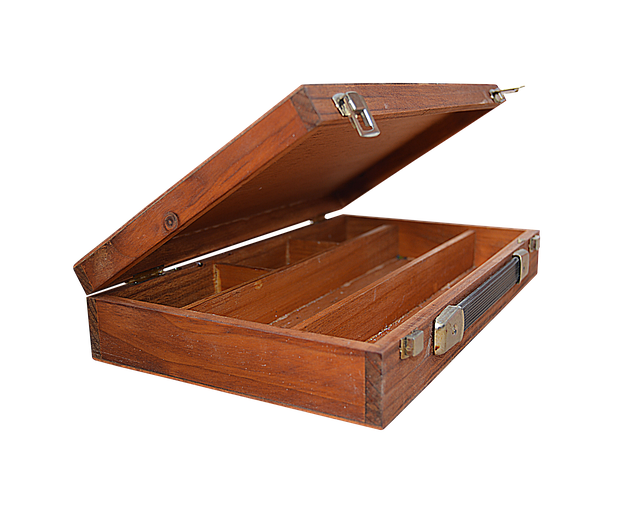Understanding Car Title Loan Blue Book Value is crucial for borrowers and lenders alike. This industry standard assesses vehicle condition, repairability, age, and market demand to determine fair interest rates. Lenders consider make, model, year, damage, part availability, and potential resale value post-restoration. This comprehensive approach ensures transparent transactions, enabling strategic negotiations for maximum resale potential based on accurate benchmark values.
In the realm of car financing, understanding the blue book value of salvage title vehicles is paramount for both lenders and owners. This article delves into the intricate details surrounding Blue Book titles, shedding light on how these assessments impact lending decisions and vehicle resale potential. We explore the factors that shape a car’s value in the eyes of lenders and offer insights to maximize its future worth, ensuring informed decisions in the competitive market.
- Understanding Blue Book Value in Salvage Titles
- How Car Title Loan Lenders Assess Salvaged Vehicles
- Maximizing Your Vehicle's Resale Potential
Understanding Blue Book Value in Salvage Titles

Understanding Blue Book Value in Salvage Titles is essential for anyone considering a car title loan. The blue book value, often referred to as the fair market value, is a crucial factor in determining the amount a lender will offer for a salvage-titled vehicle. This value is based on industry standards and historical data, providing a reliable benchmark for assessing a car’s worth despite its previous ownership or damage.
When evaluating a salvage title, lenders conduct a thorough vehicle inspection to assess its condition, repairability, and market demand. Unlike traditional car loans, interest rates for salvage titles can vary widely depending on the vehicle’s age, make, model, and overall condition. A meticulous assessment ensures that both parties—lender and borrower—have a clear understanding of the asset’s value, facilitating a fair Cash Advance process.
How Car Title Loan Lenders Assess Salvaged Vehicles

Car title loan lenders, like those offering blue book value assessments for salvage title vehicles, employ a multi-faceted approach to evaluate these unique assets. They start by examining the vehicle’s make, model, year, and overall condition. Unlike traditional car loans, where market value is king, salvage cars present a set of challenges and opportunities that require specialized knowledge. Lenders consider factors such as the extent of damage, availability of replacement parts, and potential repair costs.
In addition to these tangible aspects, lenders also weigh the potential resale value post-reconstruction. They explore whether the vehicle can be restored to its original condition or if it will command a premium in the secondary market as a “like new” model. This assessment is crucial for determining the car title loan blue book value accurately, ensuring both lender and borrower are on the same page regarding the financial solution offered—be it fast cash or emergency funding—and facilitating a mutually beneficial transaction.
Maximizing Your Vehicle's Resale Potential

When it comes to salvage title vehicles, maximizing your resale potential is key. Understanding the Car Title Loan Blue Book Value is a significant step in this process. This value acts as a benchmark for what your vehicle could be worth on the open market. By familiarizing yourself with this guide, you can ensure that when it’s time to sell, you’re presenting a compelling offer that attracts buyers. The blue book value takes into account various factors, including the make, model, year, condition, and market demand—all of which play a crucial role in determining the resale value.
One advantage of knowing this value is that it enables you to negotiate better terms during the title transfer process, especially when dealing with no-credit-check car title loans. Understanding your vehicle’s equity allows for strategic decisions regarding repairs or modifications, ensuring you get the best return on investment. Moreover, by setting a competitive price point, you can quickly find buyers interested in purchasing your salvage title vehicle, making the most of its current value and market demand.
When it comes to salvage title vehicles, understanding the Blue Book value is key to unlocking your car’s true potential. By familiarizing yourself with how these assessments work and maximizing your vehicle’s resale value, you can navigate the process successfully. Car title loan lenders consider various factors when evaluating salvaged cars, from mechanical condition to market demand. Arm yourself with knowledge and ensure you get a fair deal for your vehicle, making it a valuable asset in today’s market despite its past.






